Calculus I- Theorems and Equations Study Guide
1/40
There's no tags or description
Looks like no tags are added yet.
Name | Mastery | Learn | Test | Matching | Spaced |
|---|
No study sessions yet.
41 Terms
(a,b)
{x: a<x<b}
“open interval from a to b”
[a,b]
{x: a≤x≤b}
“closed interval from a to b”
b0
=1
bxby
=bx+y
(bx/by)
=bx-y
(bx)y
=bxy
b1/n
=nth root(b)
y=x2
Domain (-∞, ∞)
Range [0, ∞)
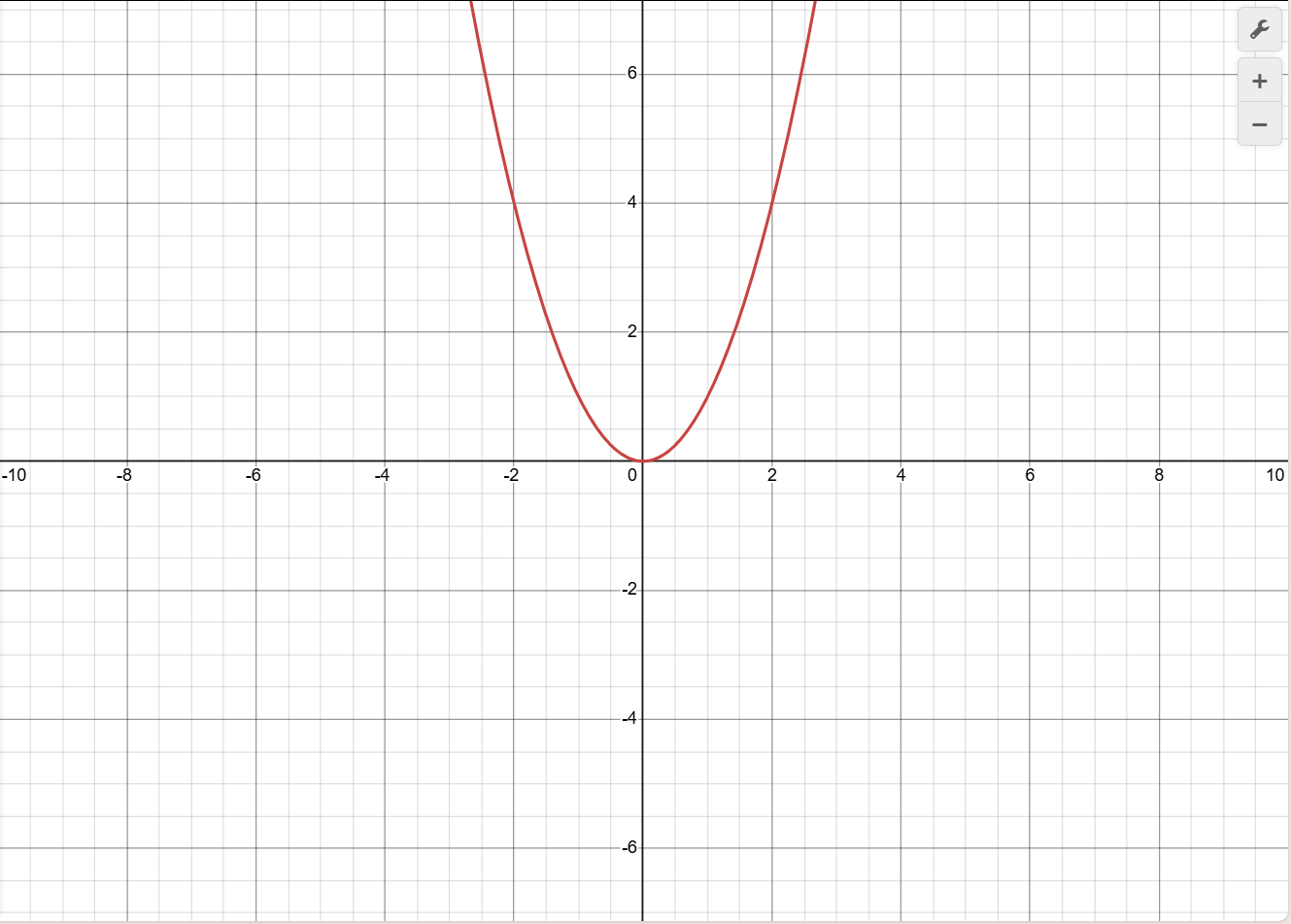
y=rt(x)
Domain [0, ∞)
Range [0, ∞)
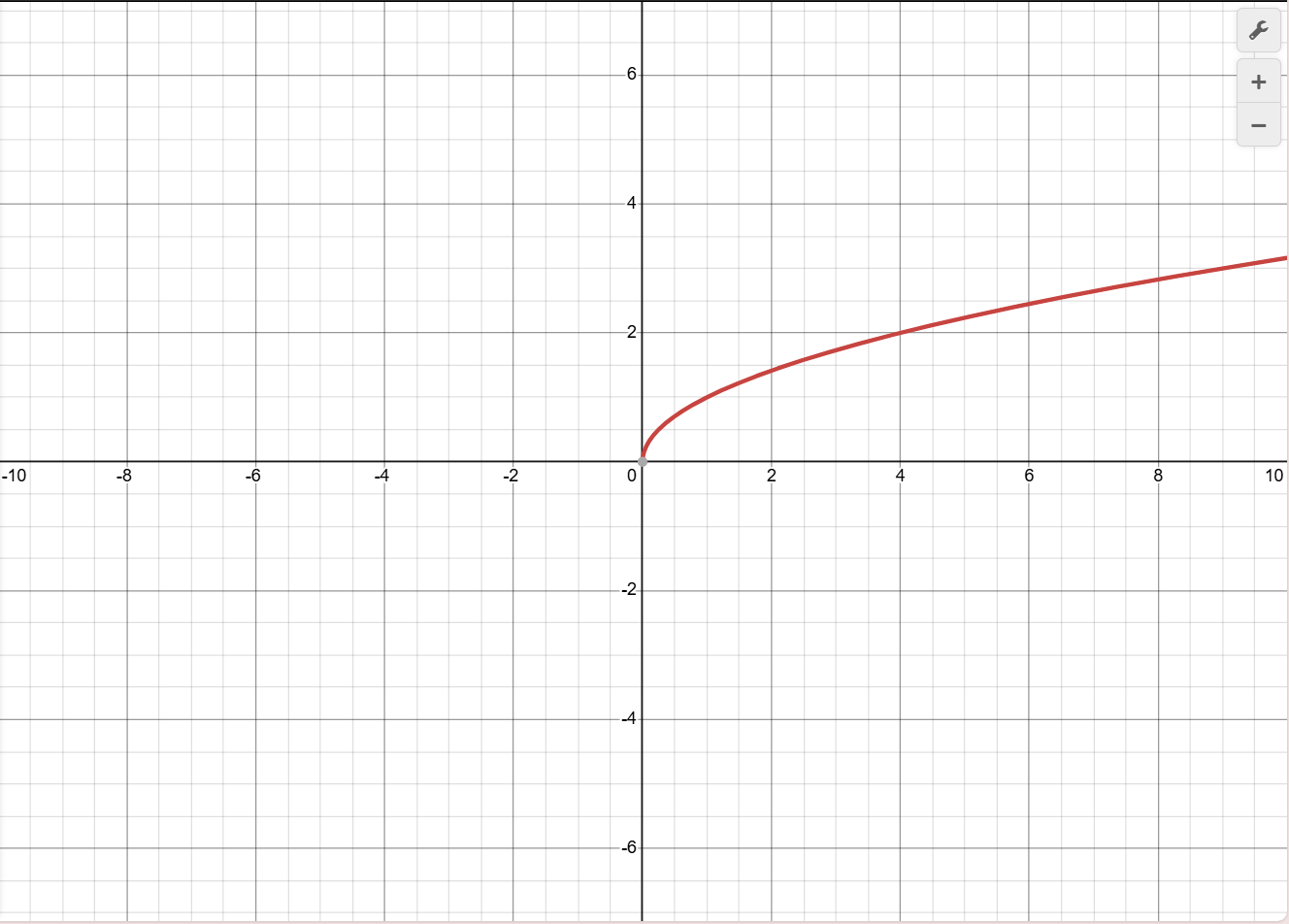
y=(1/x)
Domain (-∞, 0) u (0, ∞)
Range (-∞, 0) u (0, ∞)
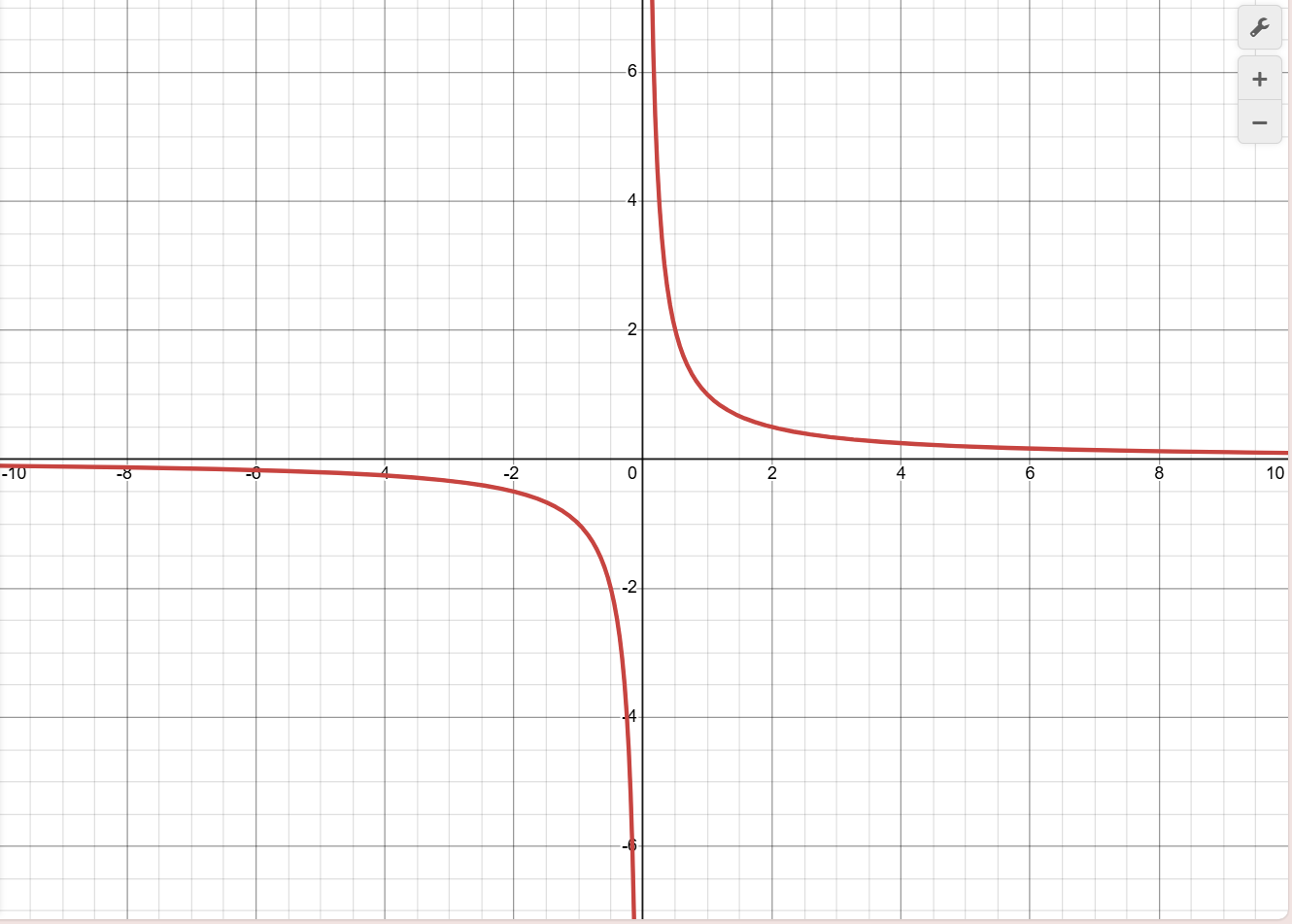
x2+y2=1
Domain [-1, 1]
Range [-1, 1]
![<p>Domain [-1, 1]</p><p>Range [-1, 1]</p>](https://knowt-user-attachments.s3.amazonaws.com/4b5e59f5-7cf6-4d66-a71d-a0d834b5c1ef.png)
y=|x|
Domain (-∞, ∞)
Range [0, ∞)
(piecewise: x if x≥0; -x if x<0)
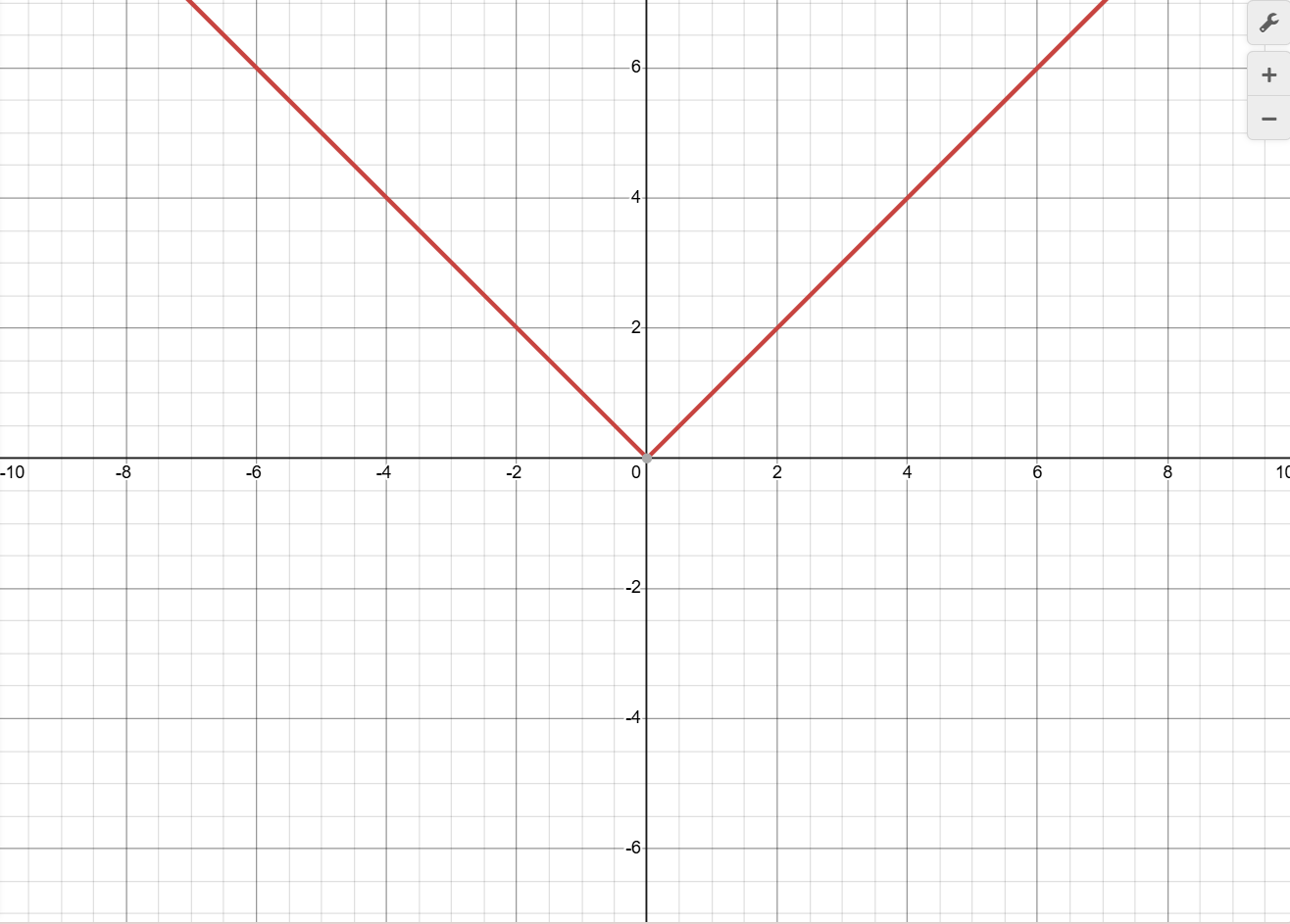
y2=x
Domain [0, ∞)
Range (-∞, ∞)
(not a function, doesn’t pass the vertical line test)
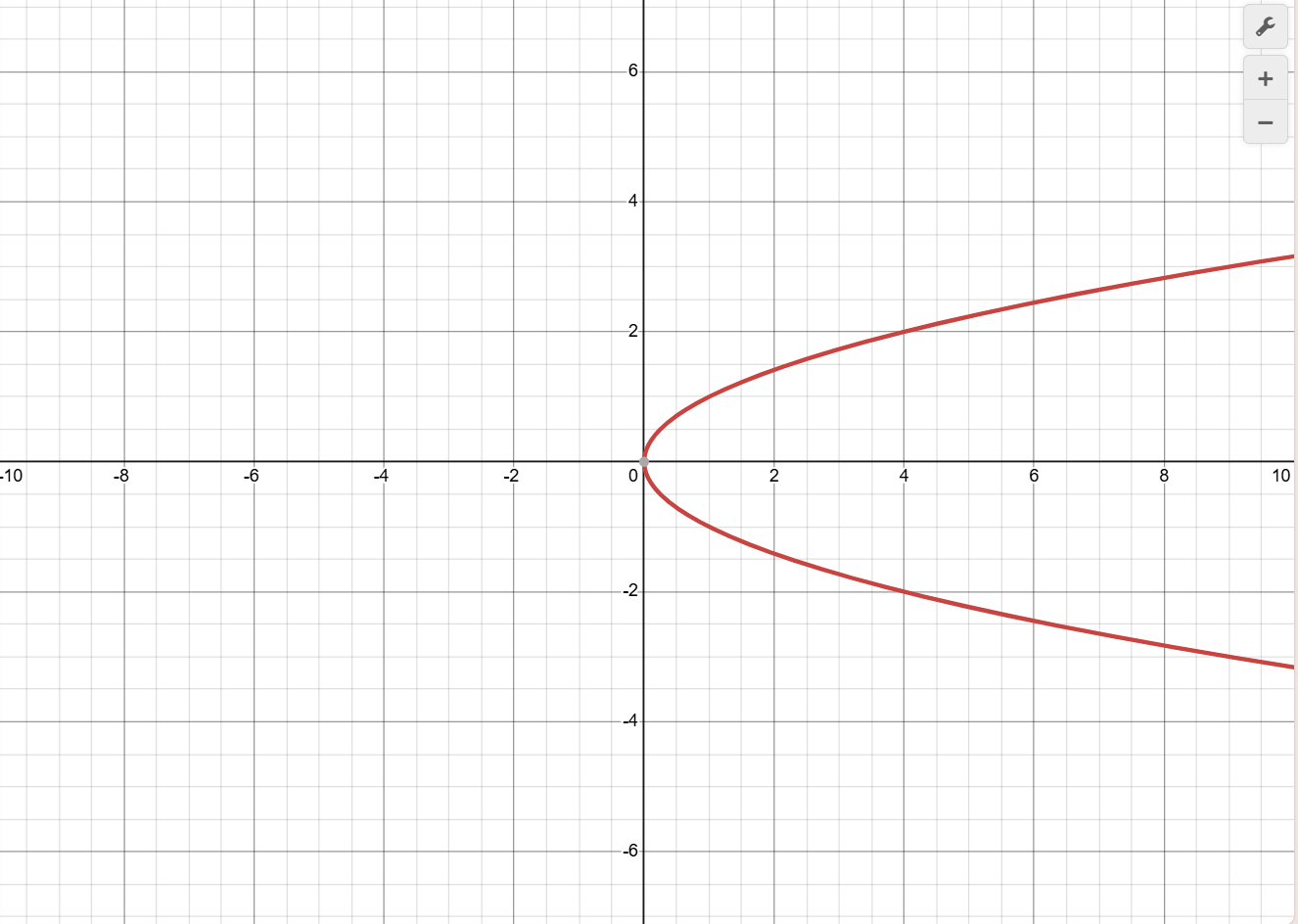
Point Slope Form
y-y1=m(x-x1)
Slope-Intercept Form (Linear Function)
y=mx+b
Quadratic Function
f(x)=ax2+bx+c
lim(x→c)f(x) = L
“the limit, as x approaches c, of f(x) is (equal to) L” if the expression |f(x)-L| can be made arbitrarily small by taking x sufficiently close (but not equal to) c.
The Formal Definition of a Limit
If for any ε>0, there exists a δ>0 such that 0<|x-c|<δ, then the limit, as x approaches c, of functions f(x) is (equal to) L.
lim(x→c)k
=k
lim(x→c)x
=x
lim(x→c-)f(x)
exists and is value L for any ε>0, there exists e>0 such that whenever 0<c-x<δ, |f(x)-L|<ε
lim(x→c+)f(x)
exists and is value L for any ε>0, there exists e>0 such that whenever 0<x-c<δ, |f(x)-L|<ε
Sum Law
lim(x→c)(f(x)+ g(x)) = lim(x→c)f(x) + lim(x→c)g(x)
Constant Multiple Law
lim(x→c)k*f(x) = k * lim(x→c)f(x)
Product Law
lim(x→c)f(x)g(x) = (lim(x→c)f(x)) * (lim(x→c)g(x))
Quotient Law
lim(x→c)(f(x)/g(x)) = (lim(x→c)f(x)) / (lim(x→c)g(x))
Root Law
lim(x→c)rt(n)(f(x)) = rt(n)(lim(x→c)f(x))
Power Law
lim(x→c)(f(x))p/q = (lim(x→c)f(x))p/q
f is continuous at x=c if and only if
f(c) is defined
lim(x→c)f(x) exists, and
lim(x→c)f(x) = f(c)
f(x) has a removable discontinuity if
lim(x→c)f(x) exists but either lim(x→c)f(x) ≠ f(c) or f(c) does not exist at all
Jump Discontinuity
lim(x→c-)f(x) ≠ lim(x→c+)f(x), but both limits exist
Infinite Discontinuity
If one or both of the land- and right-hand limits of a function as x→c tends towards either ∞ or -∞
Left-Continuous
If lim(x→c-)f(x) = f(c), even though the fn may be discontinuous at x=c
Right-Continuous
If lim(x→c+)f(x) = f(c), even though the fn may be discontinuous at x=c
Indeterminate Forms
0/0
+∞/+∞
∞*0
∞-∞
00
0+-∞
+∞0
The Squeeze Theorem
l(x)≤f(x)≤u(x)
If it is the case that limx→cl(x) = limx→cu(x) = L
then it must also be that limx→cf(x) = L
limx→ -∞ex
=0
R(x) = p(x)/q(x) when the degree of p is less than the degree of q
There is a horizontal asymptote of y=0
R(x) = p(x)/q(x) when the degree of p is greater than the degree of q
There are no horizontal asymptotes
R(x) = p(x)/q(x) when the degree of p is equal to the degree of q
There is a horizontal asmyptote at y = (leading coefficient of p / leading coefficient of q)